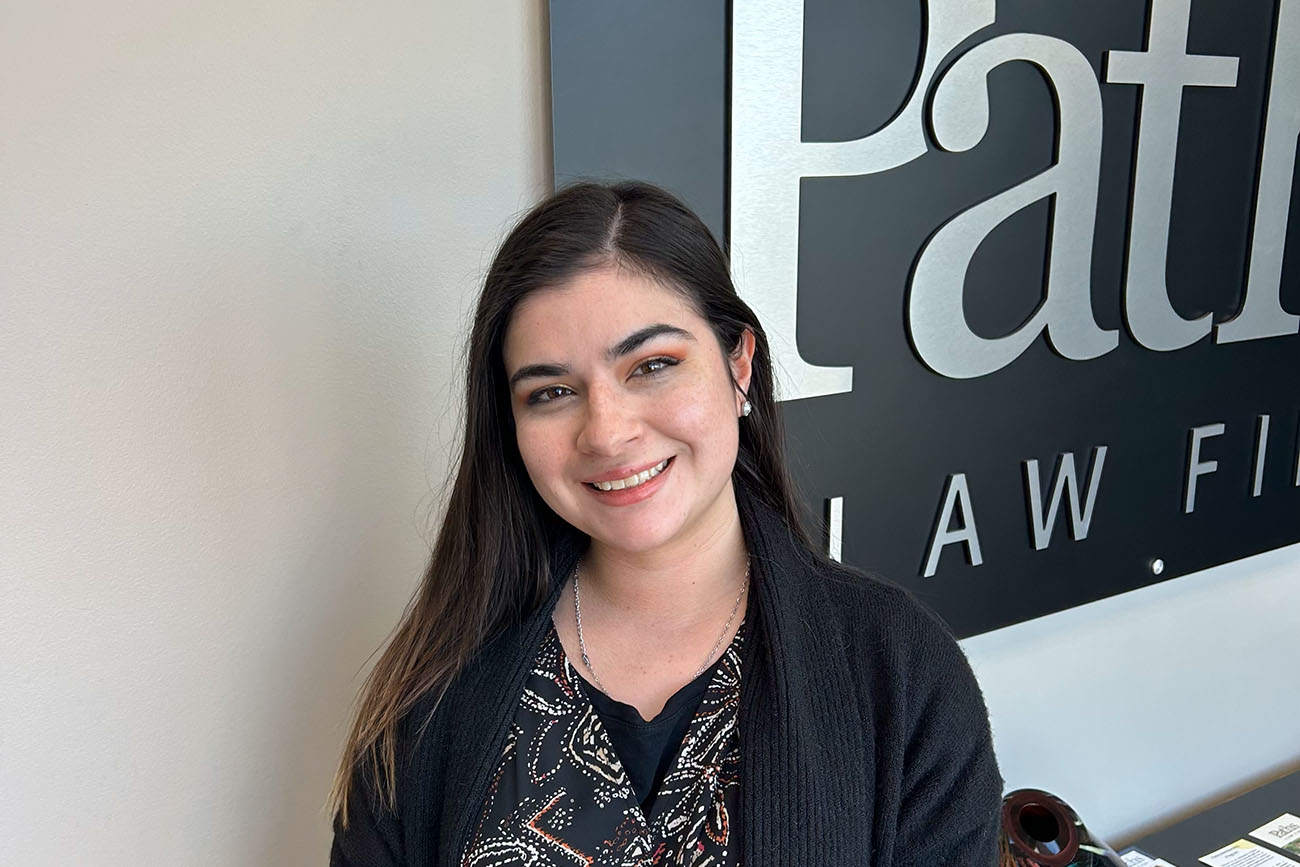Safeguarding your assets while preparing for the possibility of nursing home care is a prudent consideration. The prospect of a 5-year lookback period can evoke concerns, but understanding the strategies available to you can make this aspect of estate planning less intimidating. There are various exceptions and opportunities that can help you navigate this process with confidence.
The 5-Year Lookback: A Calculated Approach

The 5-year lookback, at its core, is a math issue. It entails evaluating how close you can strategically time asset transfers to ensure they fall outside the five-year window. Imagine a scenario: if a substantial amount of assets are gifted, and an individual enters a nursing home after 4.5 years, a simple solution emerges. Private payment for the initial six months can be pursued, allowing the Medicaid application to proceed smoothly after the 5-year threshold. This showcases the significance of timing in Medicaid planning.
Optimizing Asset Preservation: A Strategic Outlook
The 5-year lookback doesn’t have to be a cause for apprehension. If nursing home admission occurs within a shorter span – say, within six months – alternative asset preservation strategies can be explored. Depending on the circumstances, these tactics have the potential to safeguard anywhere from 50% to even 100% of the estate. The key lies in devising a personalized plan that takes into account your unique financial situation and goals.
Exceptions to the 5-Year Lookback: Unveiling Opportunities
Beyond the apprehensions surrounding the 5-year lookback, there exist several exceptions that can work in your favor:
- Transfers made for reasons other than qualifying for Medicaid: the federal statute instituting the 5-year lookback requires such to be for the purpose of qualifying for Medicaid. If it can be proven otherwise, the 5 years won’t be a consideration.
- Transfer to Caretaker Child: Transferring the residence, even post-fix-up, to a caretaker child who has lived with the parent for at least two years to provide care offers a way to bypass the 5-year lookback.
- Transferring to Disabled Beneficiaries: Asset transfers to disabled children or trusts for disabled individuals can be exempt from the 5-year lookback.
- Veterans’ Benefits: Veterans or their surviving spouses seeking Aid & Attendance benefits through the VA have a shorter, 3-year lookback period to contend with, along with more lenient transfer rules.
While the 5-year lookback may initially appear daunting, it’s essential to recognize that planning and a nuanced understanding of the exceptions and opportunities can substantially ease the process. For those considering Medicaid and nursing home planning, seeking professional advice from experienced attorneys in this field is crucial. By doing so, you can confidently navigate the complexities, optimize asset preservation, and ensure your legacy remains intact, even in the face of potential nursing home expenses.

































